Haegue Yang on the legacy of Sophie Taeuber-Arp
Legendary abstract artist and designer Sophie Taeuber-Arp is finally receiving her dues in a Tate Modern retrospective. To mark the occasion, Korean artist Haegue Yang reflects on the enduring influence of her work
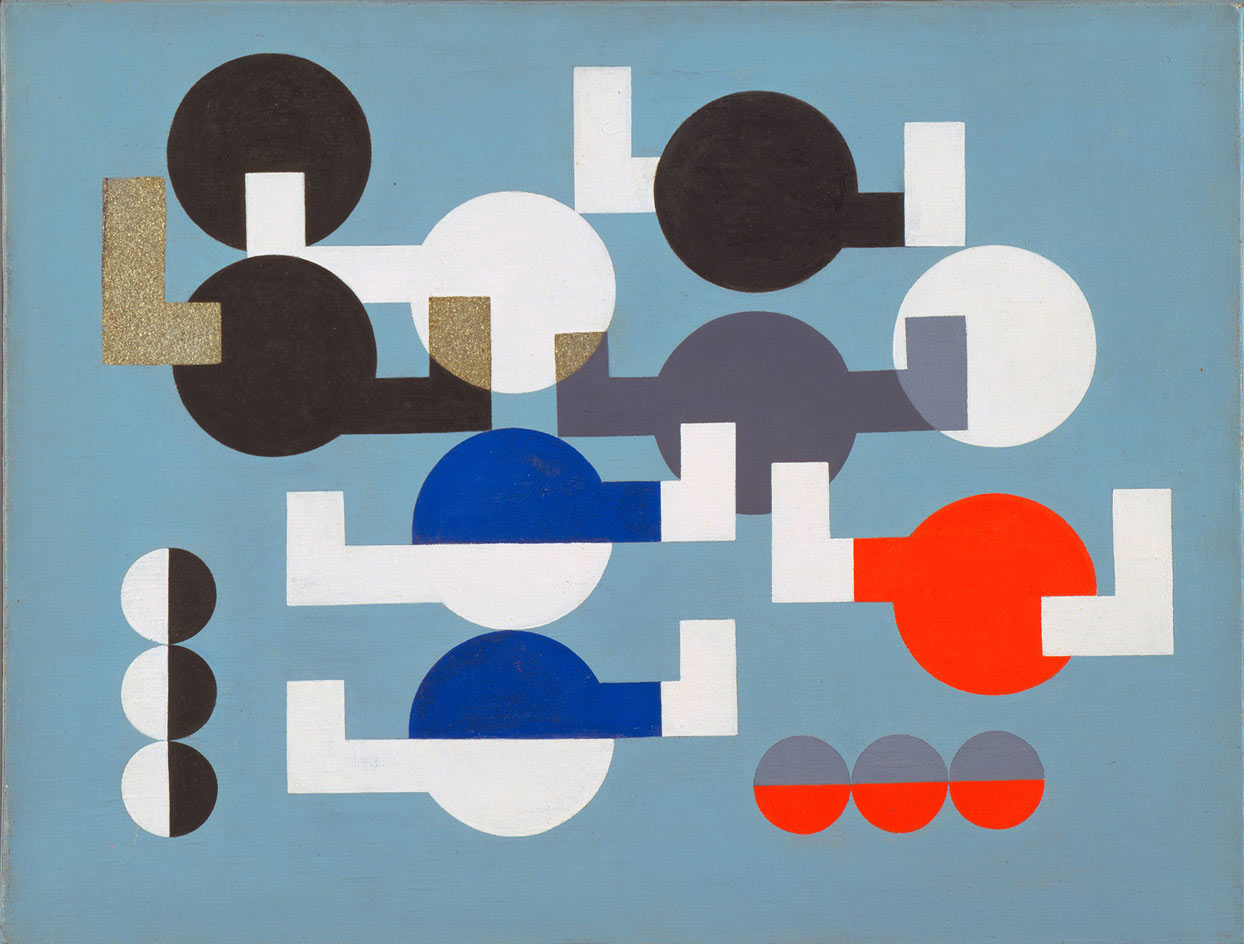
Sophie Taeuber-Arp (1889-1943) never had an exclusive relationship with one discipline. A painter, architect, teacher, magazine editor, textile designer, puppeteer, dancer and creator of absurd Dada objects, the Swiss artist’s legacy lies in her versatility, innovation and fearless experimentation.
A pioneer of the French avant-garde, she probed the intersections of abstract art, craft and design, and proved that, in practice, such distinctions need not exist.
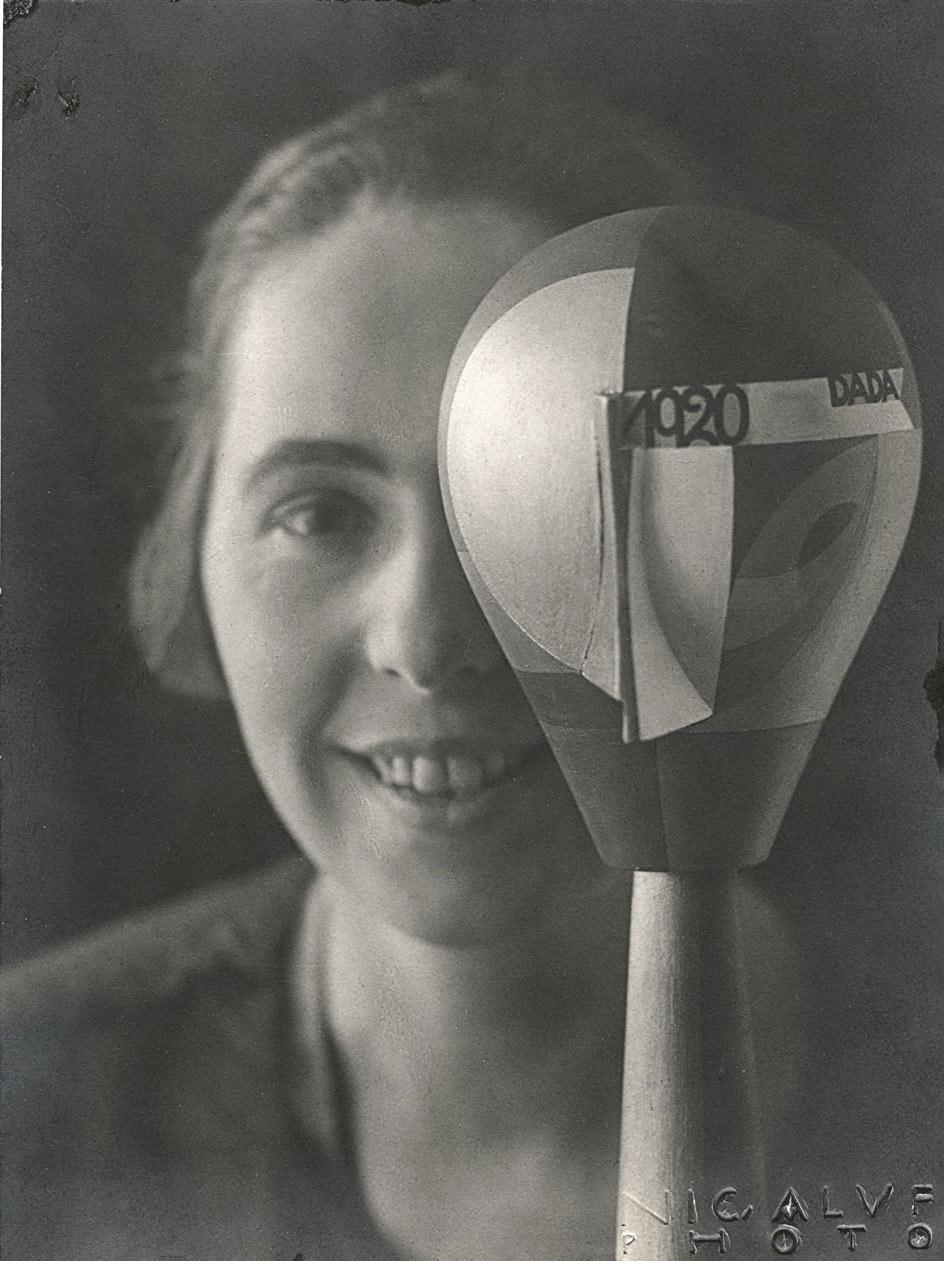
Nicolai Aluf, portrait of Sophie Taeuber with her Dada head 1920. Stiftung Arp e.V., Berlin
A major retrospective at Tate Modern – the first of her work ever held in the UK – is dedicated to the life and work of this trailblazer, and it’s been a long time coming. Through 200 key works and objects from collections across Europe and America, the show captures how an artist, once overlooked and in the shadow of her husband – the German-French sculptor and Dada doyen Hans Arp – quite literally gave geometric abstraction a new vocabulary.
Taeuber-Arp was heavily involved in Zurich Dada, a short-lived, but potent movement which sought to seamlessly fuse art and life. During this time, she created some of her most defining works: a set of abstract ‘Dada Heads’ made in turned polychromed wood. Primary colour-drenched wall pieces – wool on canvas, oil on canvas, oil on wood – capture Taeuber-Arp’s taste for the relentless pushing of material potential.
Haegue Yang on the lasting influence of Sophie Taeuber-Arp
What is most striking about Taeuber-Arp’s work is its longevity of relevance and enduring influence with contemporary artists across the creative landscape. One such artist is Haegue Yang, whose current solo show ‘Strange Attractors’, at Tate St Ives runs until 26 September.
In her own words, the Korean artist offers insight into Taeuber-Arp’s enduring impact on her work and outlook:
‘Sophie Taeuber-Arp, a dancer, painter, sculptor as well as weaver, architect, and educator, is a figure of complexity. Both spiritualist and modernist, her double soul is evident in her affiliation with an international style and vernacular treatment of material,’ says Yang.
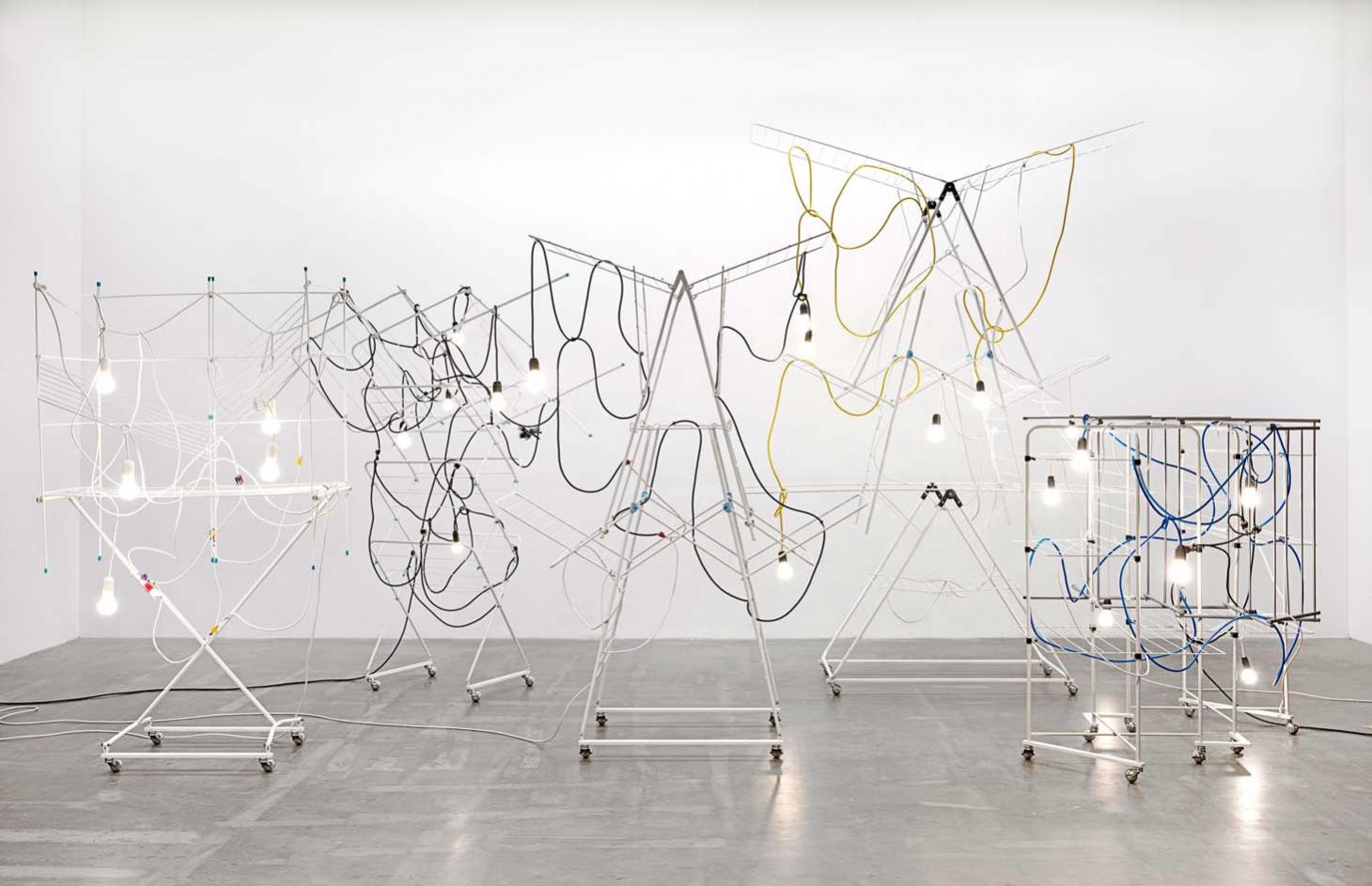
Haegue Yang, Non-Indépliables, nues, 2010/2020, in ‘Strange Attractors’, at Tate St Ives. Courtesy of the artist;
‘Her capacity to encompass these movements and the zeitgeist of her time and beyond fascinates me. For example, her sculpture Coupe Dada (1916/18) seems to be an enclosed container, a mysterious and vibrant melting pot fusing extraordinarily diverse practices.
‘Her accommodating force of hybridity empowers even non-European artists like me to access the Western avant-garde as atonality with ruptures.’
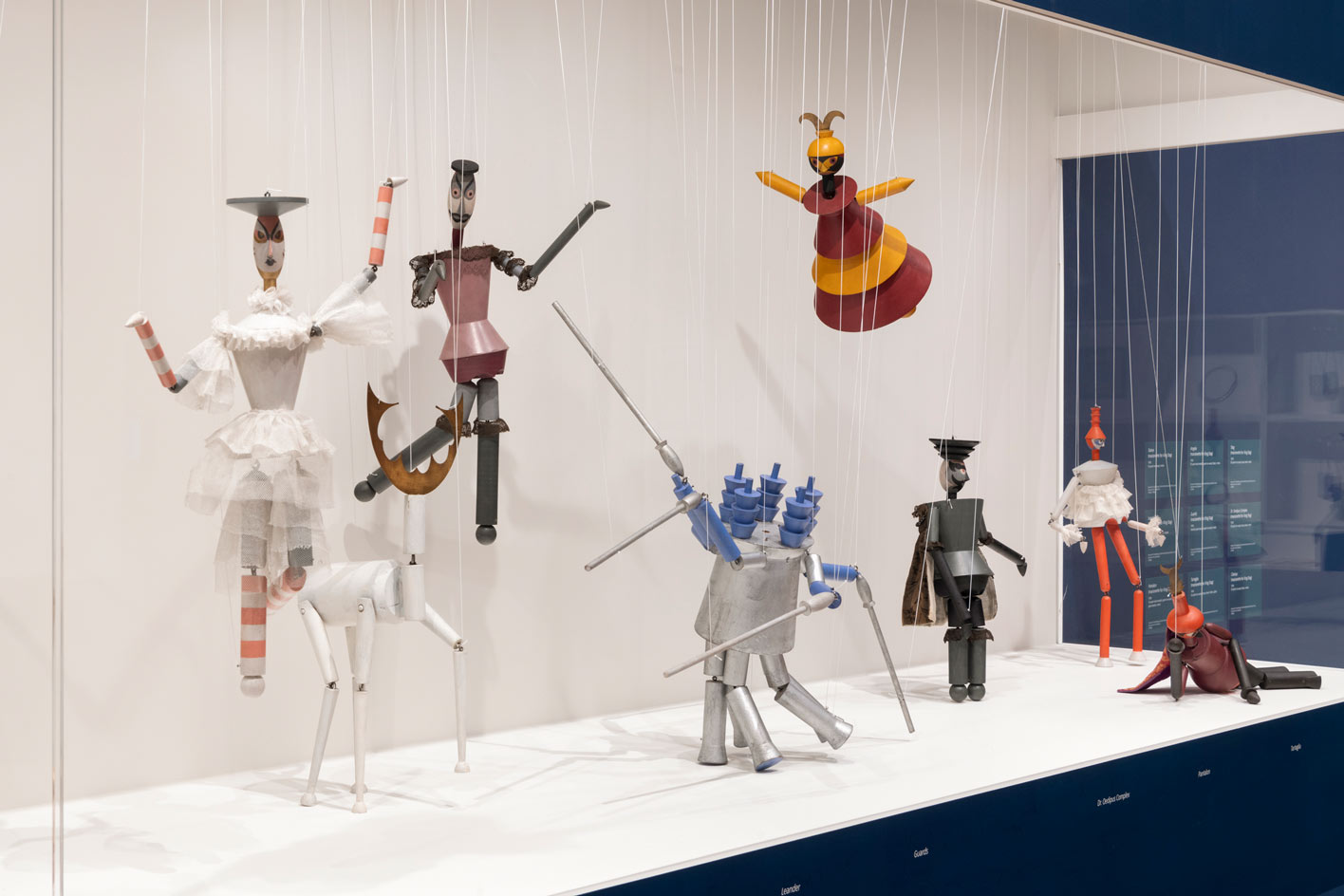
Installation view of ‘Sophie Taeuber-Arp’ at Tate Modern. Courtesy Tate, Seraphina Neville
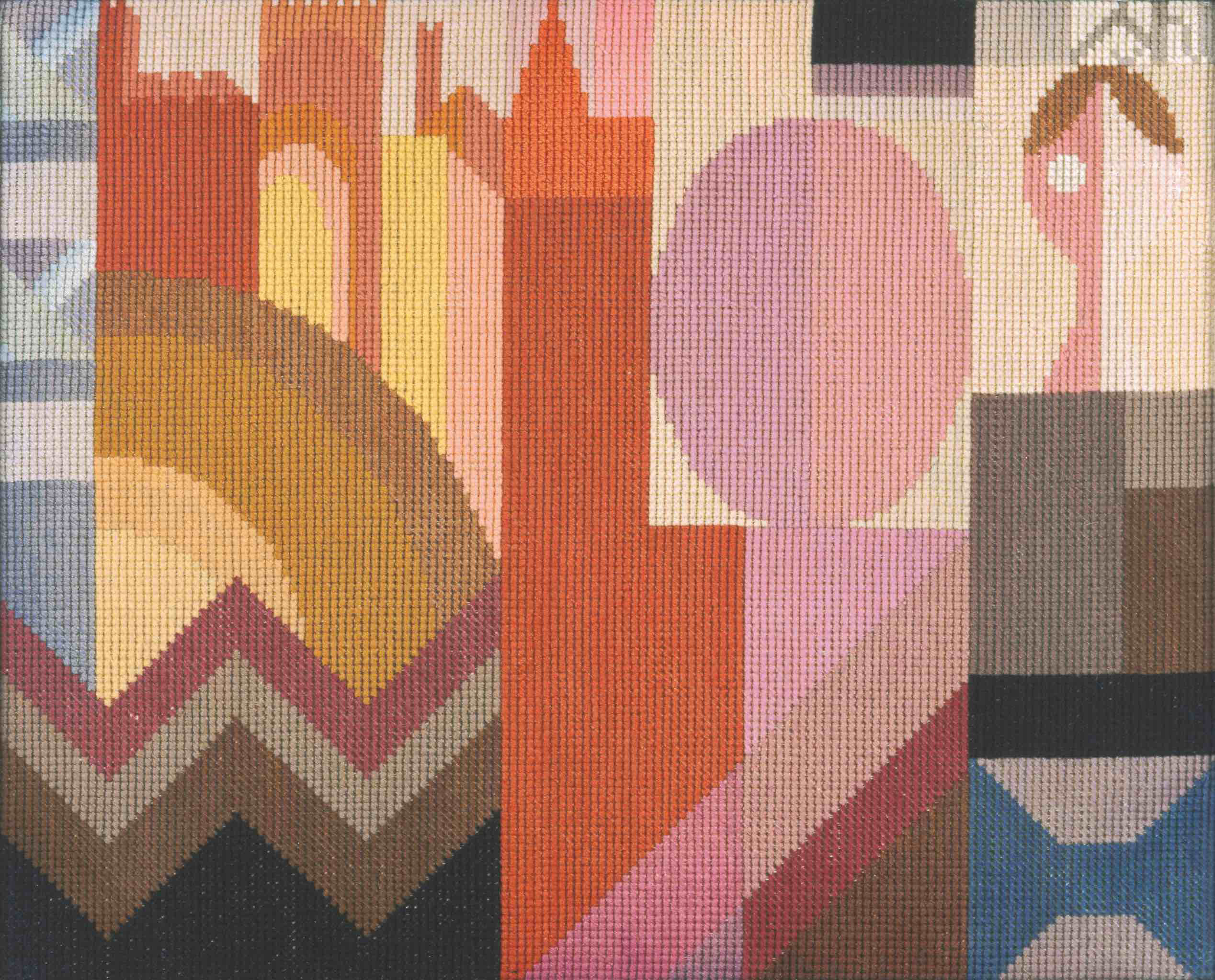
Sophie Taeuber-Arp, Embroidery. c. 1920, wool on canvas. Private collection, on loan to the Fondation Arp, Clamart, France
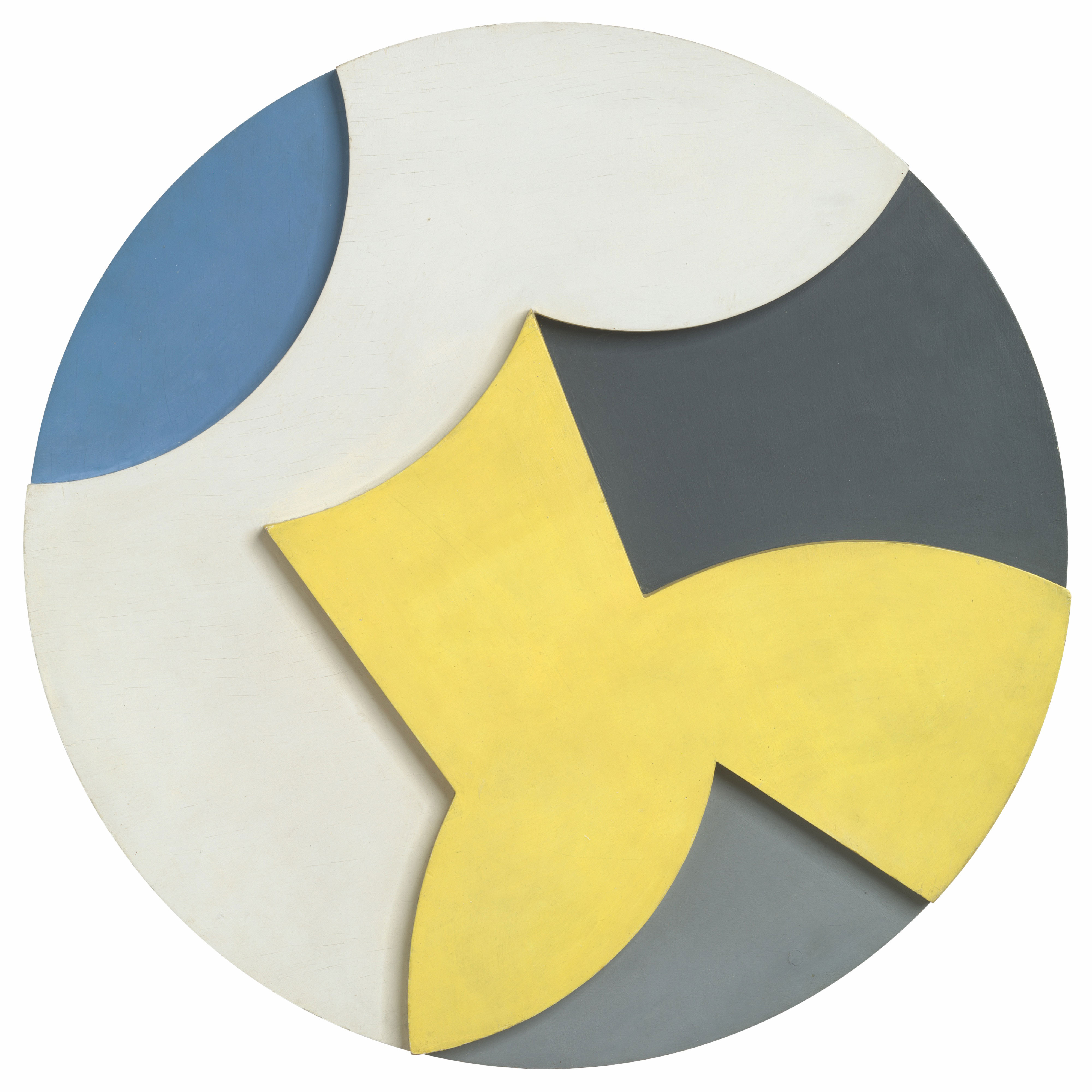
Sophie Taeuber-Arp, Flight: Round Relief in Three Heights 1937, oil paint on plywood. Stiftung Arp e.V., Berlin
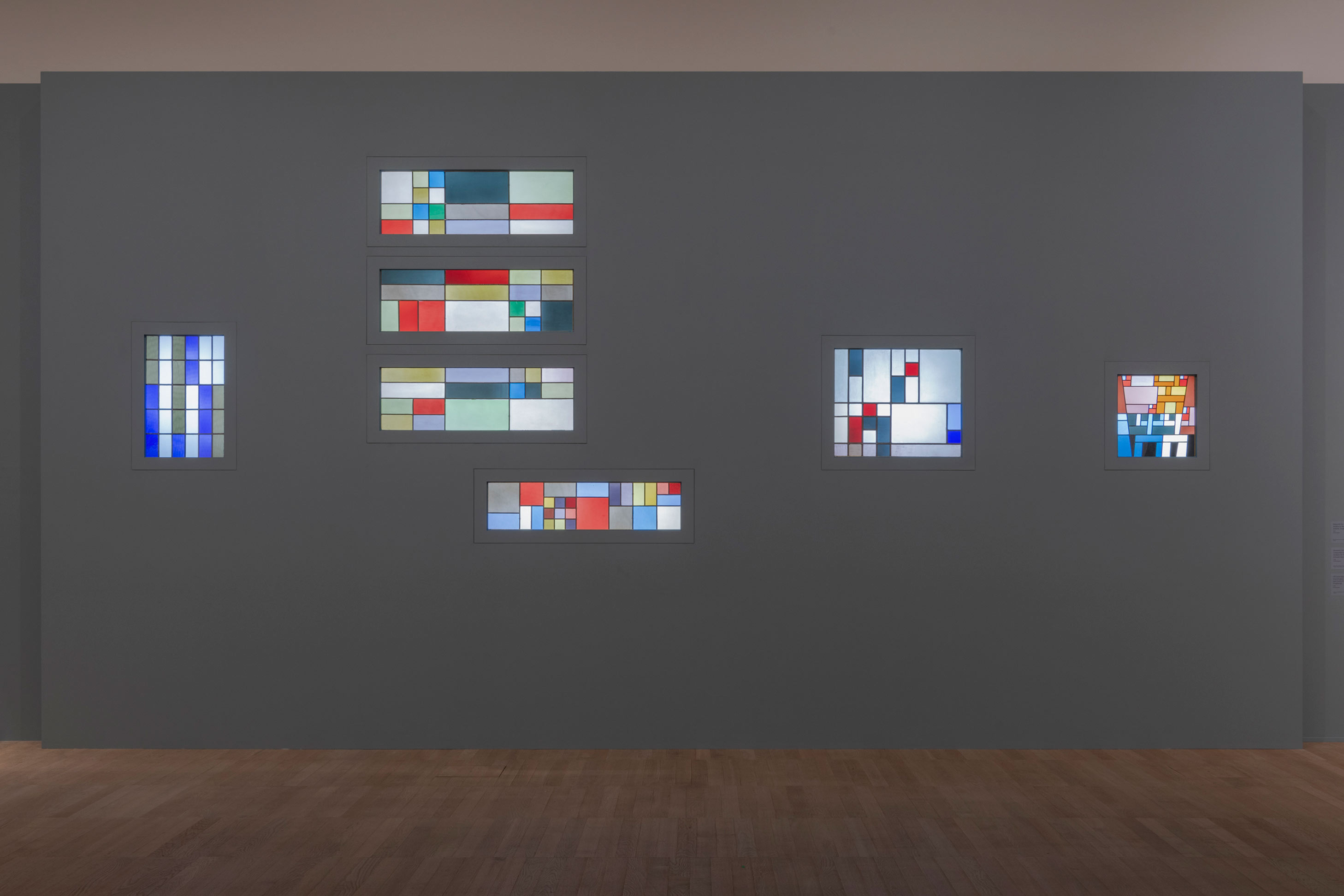
Installation view of ‘Sophie Taeuber-Arp’ at Tate Modern. Courtesy Tate, Seraphina Neville
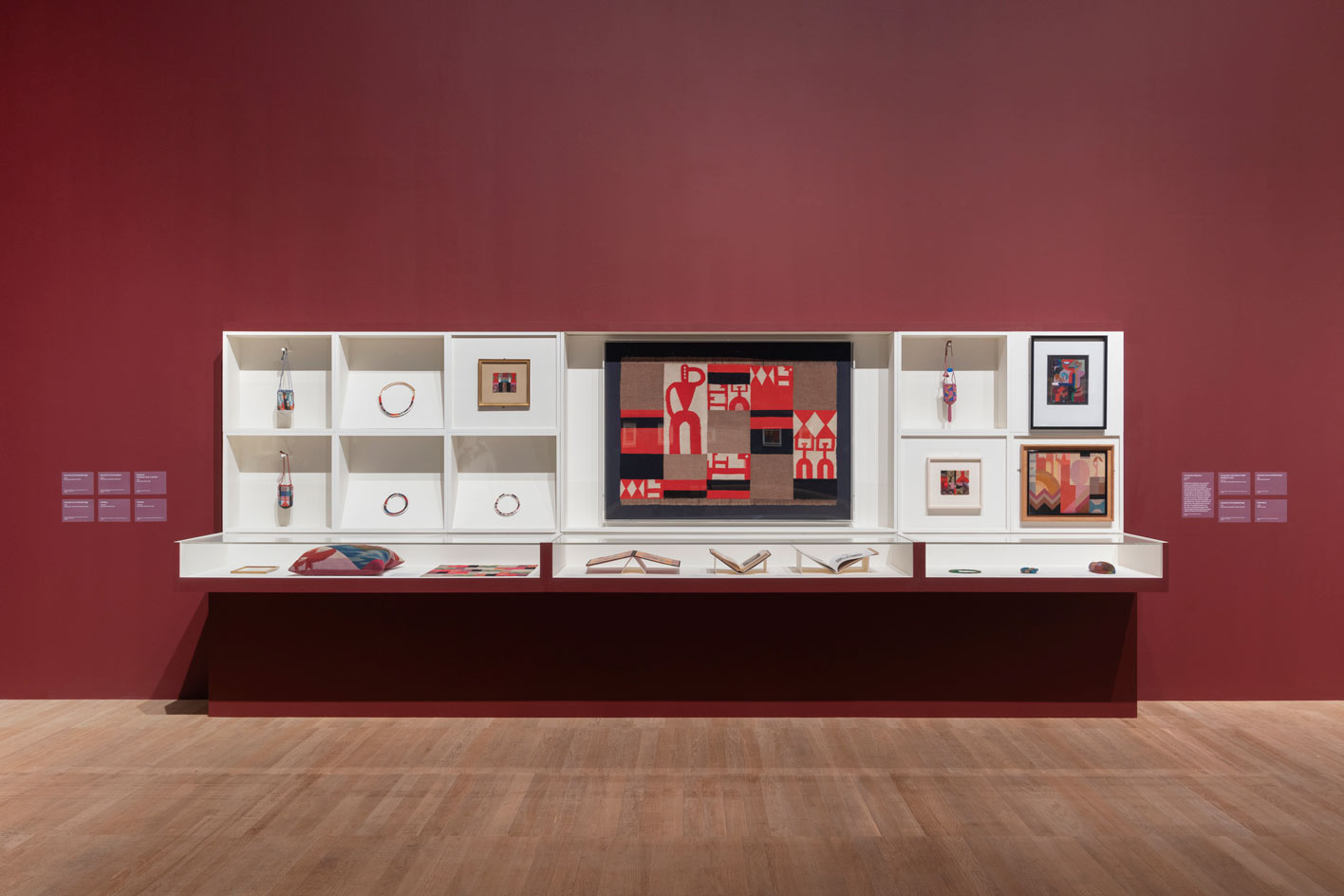
Installation view of ‘Sophie Taeuber-Arp’ at Tate Modern. Courtesy Tate, Seraphina Neville
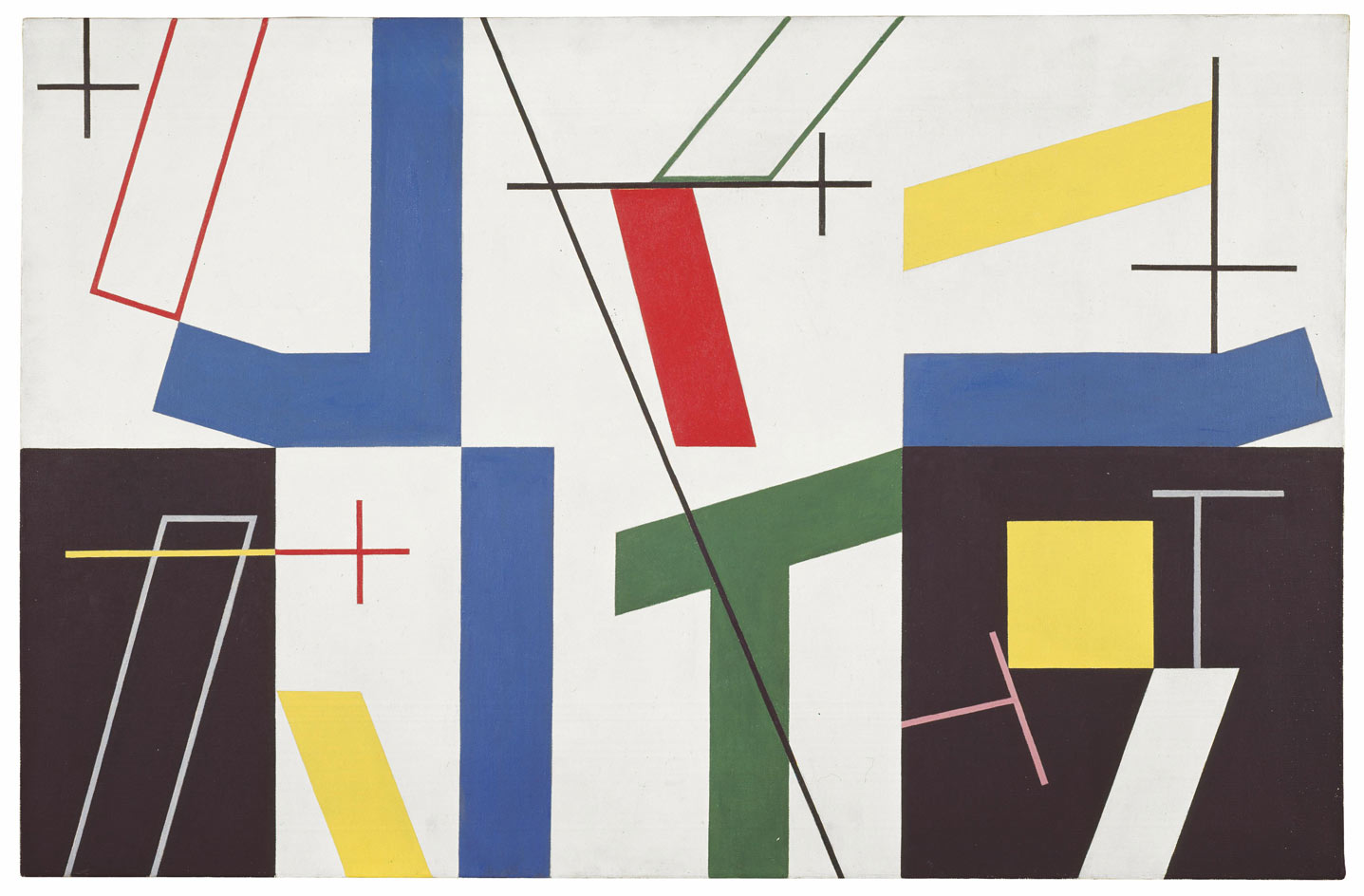
Sophie Taeuber-Arp, Six Spaces with Four Small Crosses, 1932. Kunstmuseum Bern. Gift of Marguerite Arp-Hagenbach
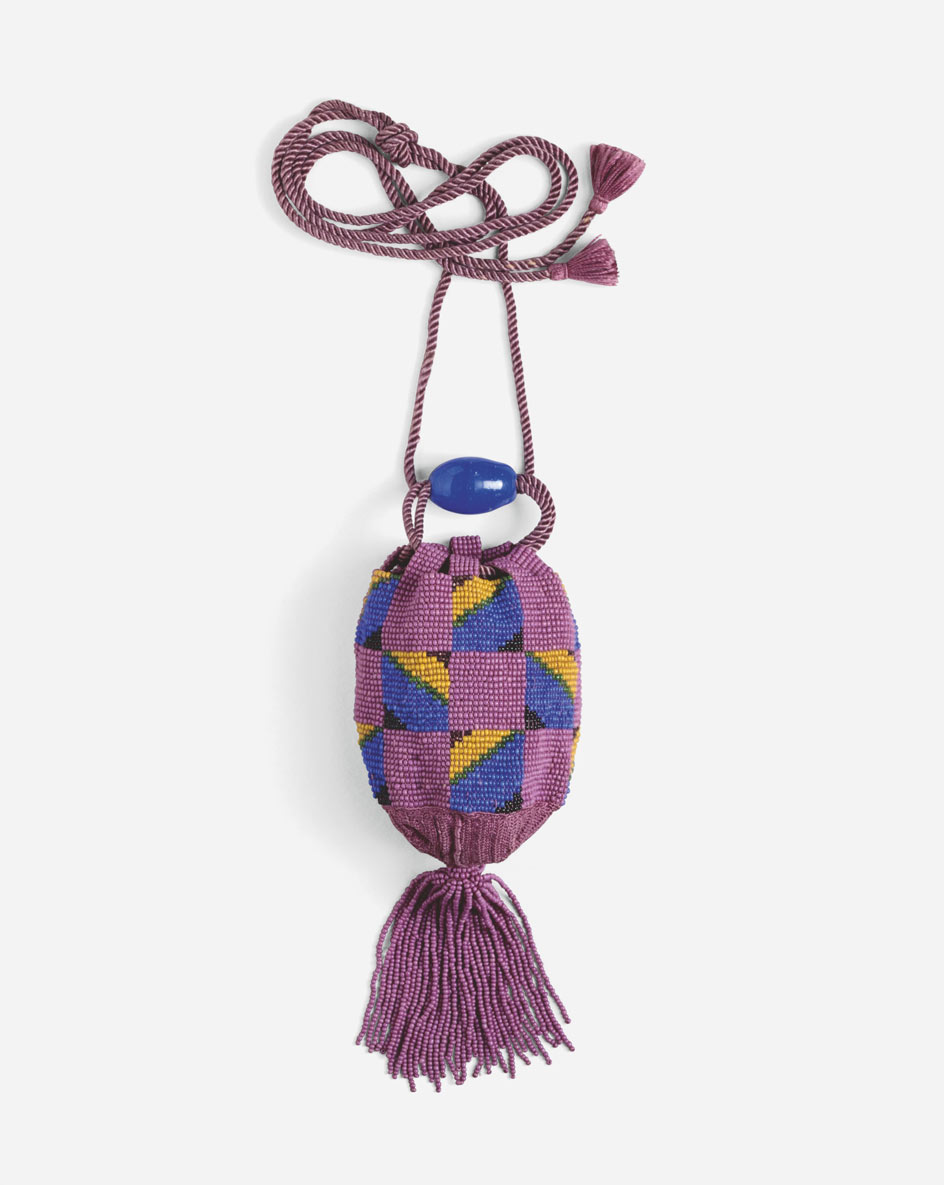
Sophie Taeuber-Arp, Perlbeutal, c 1917. Museum fur Gestaltung Zurich
INFORMATION
‘Sophie Taeuber-Arp’ at Tate Modern runs until 17 October 2021, tate.org.uk
ADDRESS
Wallpaper* Newsletter
Receive our daily digest of inspiration, escapism and design stories from around the world direct to your inbox.
Tate Modern
Bankside
London SE1 9TG
Harriet Lloyd-Smith was the Arts Editor of Wallpaper*, responsible for the art pages across digital and print, including profiles, exhibition reviews, and contemporary art collaborations. She started at Wallpaper* in 2017 and has written for leading contemporary art publications, auction houses and arts charities, and lectured on review writing and art journalism. When she’s not writing about art, she’s making her own.
-
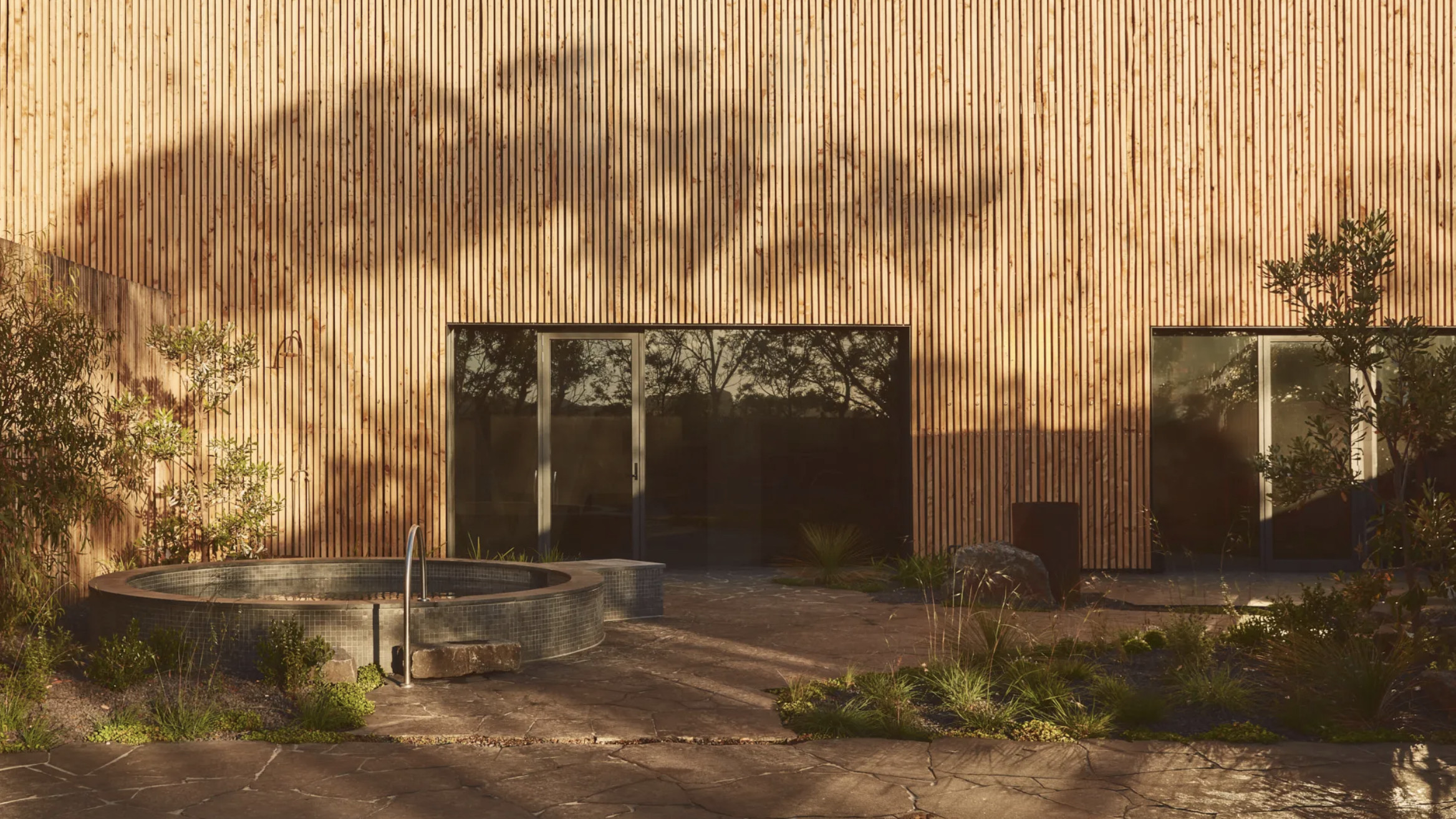 Australian bathhouse ‘About Time’ bridges softness and brutalism
Australian bathhouse ‘About Time’ bridges softness and brutalism‘About Time’, an Australian bathhouse designed by Goss Studio, balances brutalist architecture and the softness of natural patina in a Japanese-inspired wellness hub
By Ellie Stathaki
-
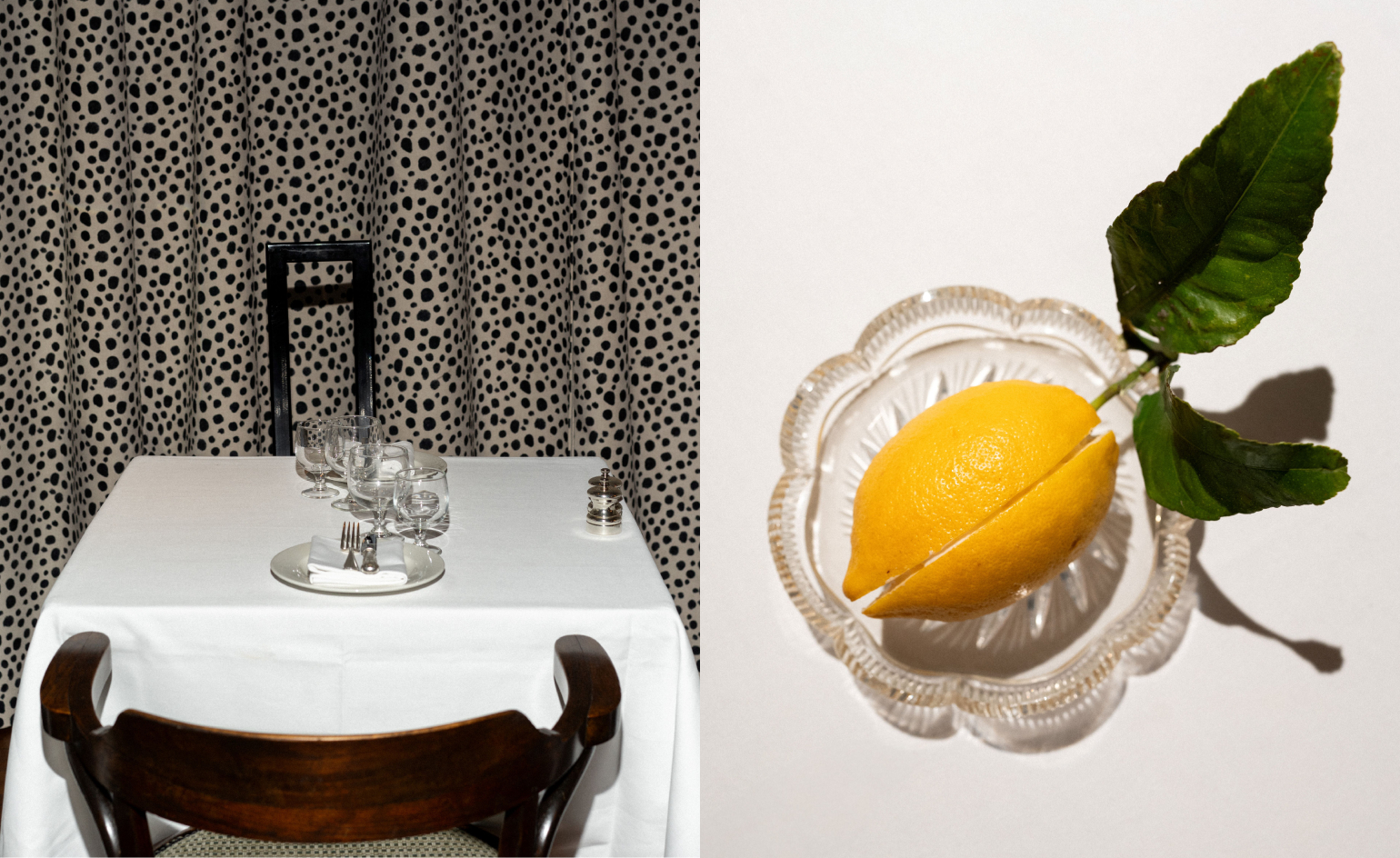 Marylebone restaurant Nina turns up the volume on Italian dining
Marylebone restaurant Nina turns up the volume on Italian diningAt Nina, don’t expect a view of the Amalfi Coast. Do expect pasta, leopard print and industrial chic
By Sofia de la Cruz
-
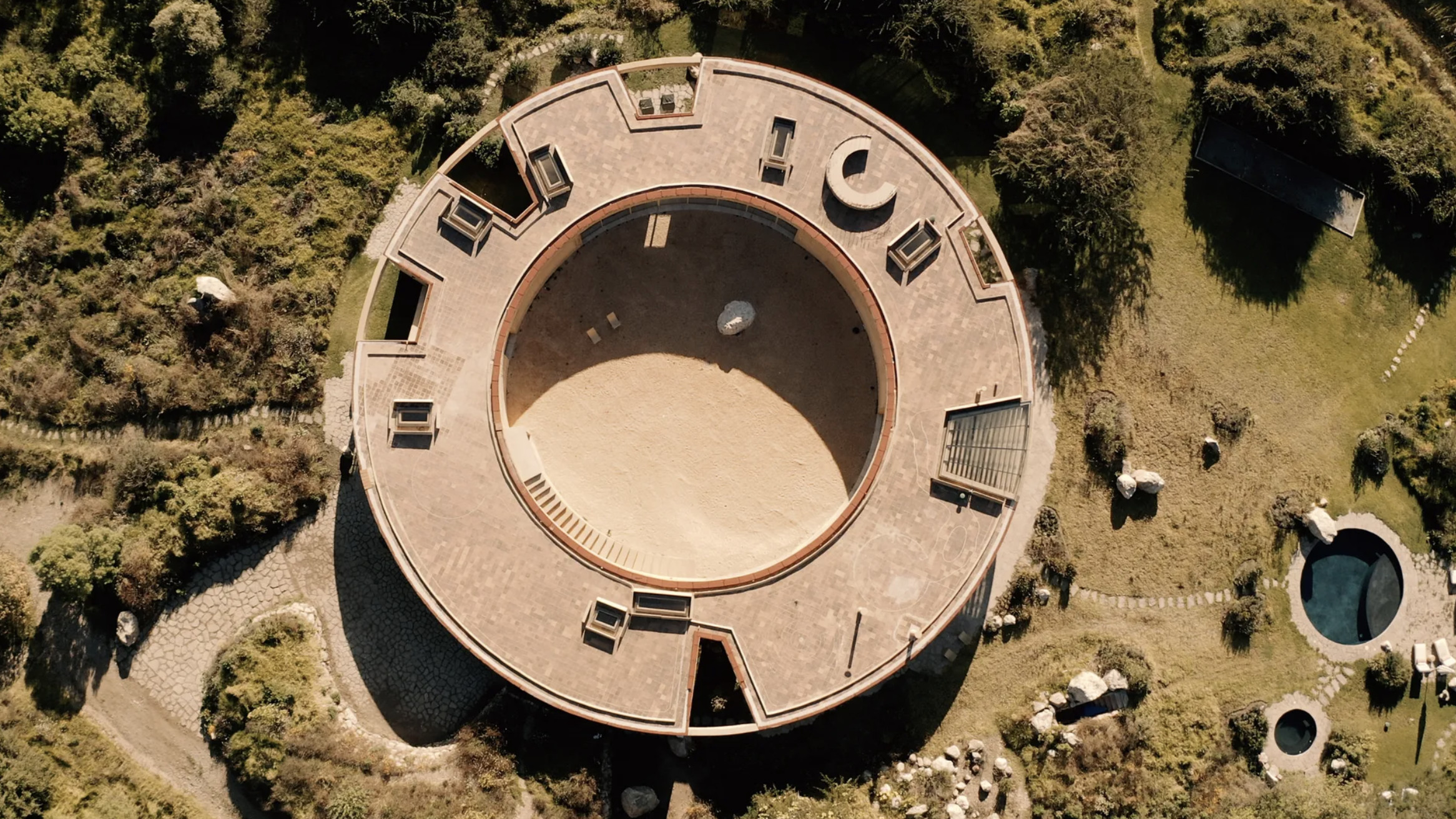 Tour the wonderful homes of ‘Casa Mexicana’, an ode to residential architecture in Mexico
Tour the wonderful homes of ‘Casa Mexicana’, an ode to residential architecture in Mexico‘Casa Mexicana’ is a new book celebrating the country’s residential architecture, highlighting its influence across the world
By Ellie Stathaki
-
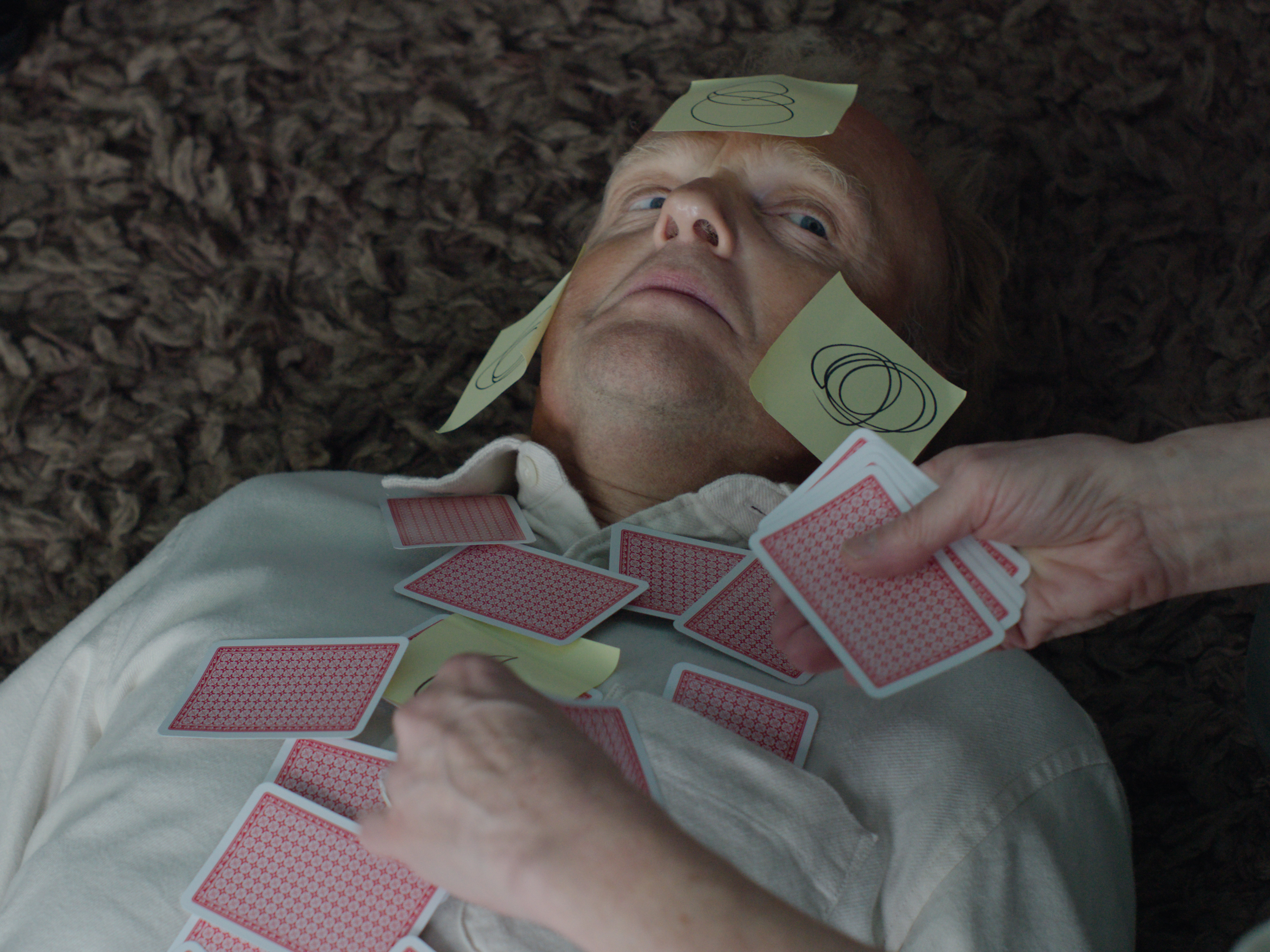 Ed Atkins confronts death at Tate Britain
Ed Atkins confronts death at Tate BritainIn his new London exhibition, the artist prods at the limits of existence through digital and physical works, including a film starring Toby Jones
By Emily Steer
-
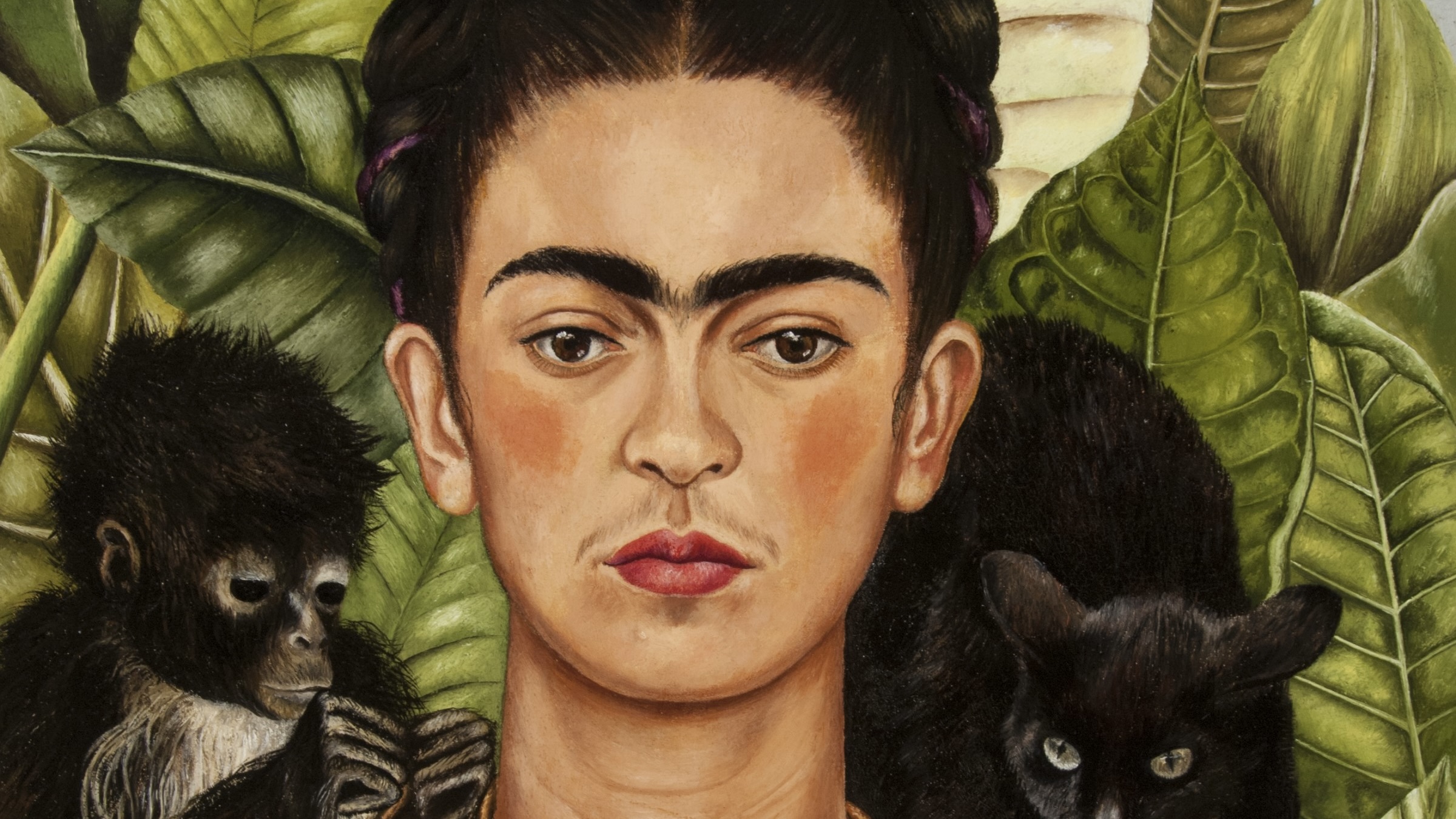 A major Frida Kahlo exhibition is coming to the Tate Modern next year
A major Frida Kahlo exhibition is coming to the Tate Modern next yearTate’s 2026 programme includes 'Frida: The Making of an Icon', which will trace the professional and personal life of countercultural figurehead Frida Kahlo
By Anna Solomon
-
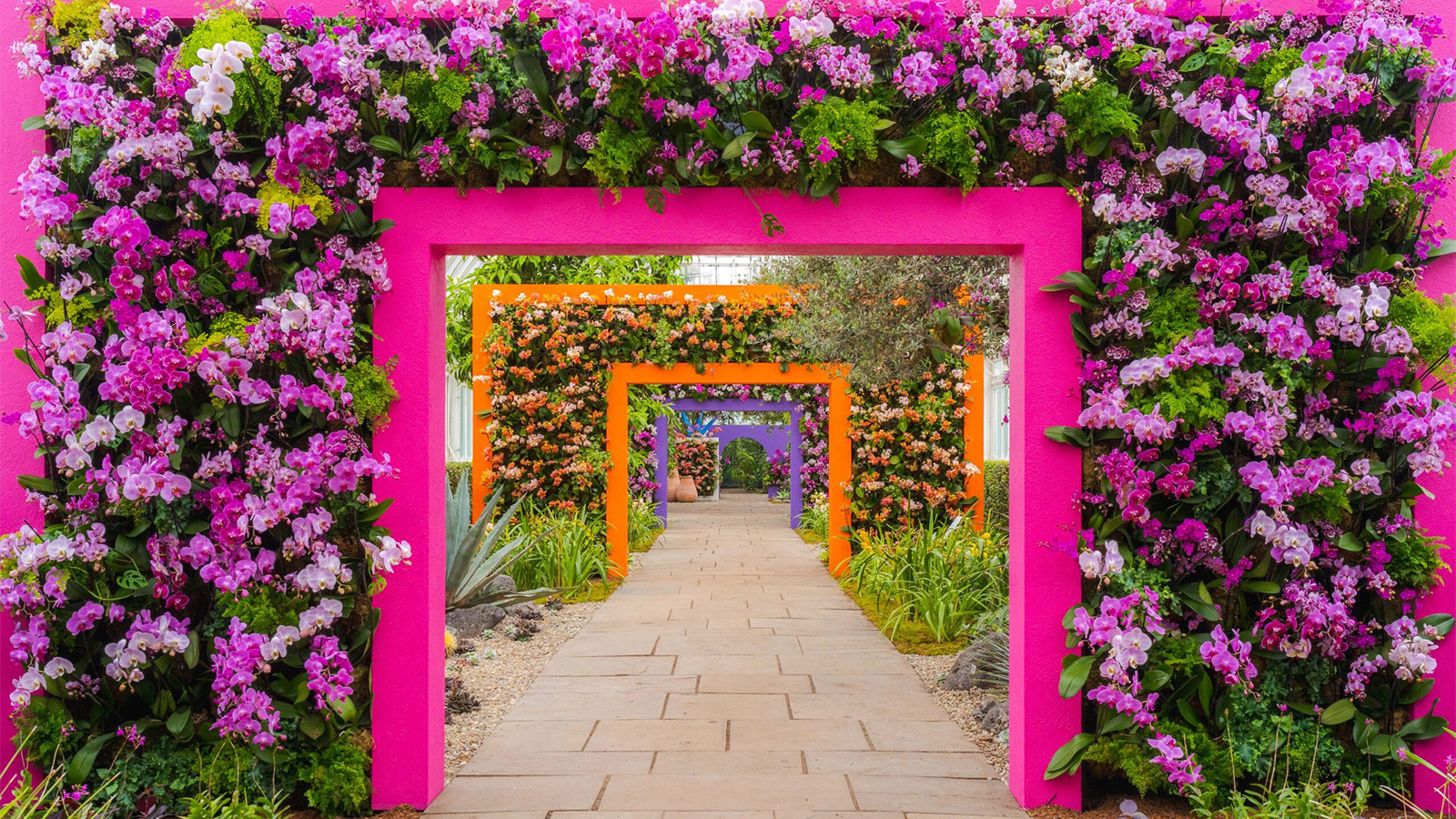 This rainbow-coloured flower show was inspired by Luis Barragán's architecture
This rainbow-coloured flower show was inspired by Luis Barragán's architectureModernism shows off its flowery side at the New York Botanical Garden's annual orchid show.
By Tianna Williams
-
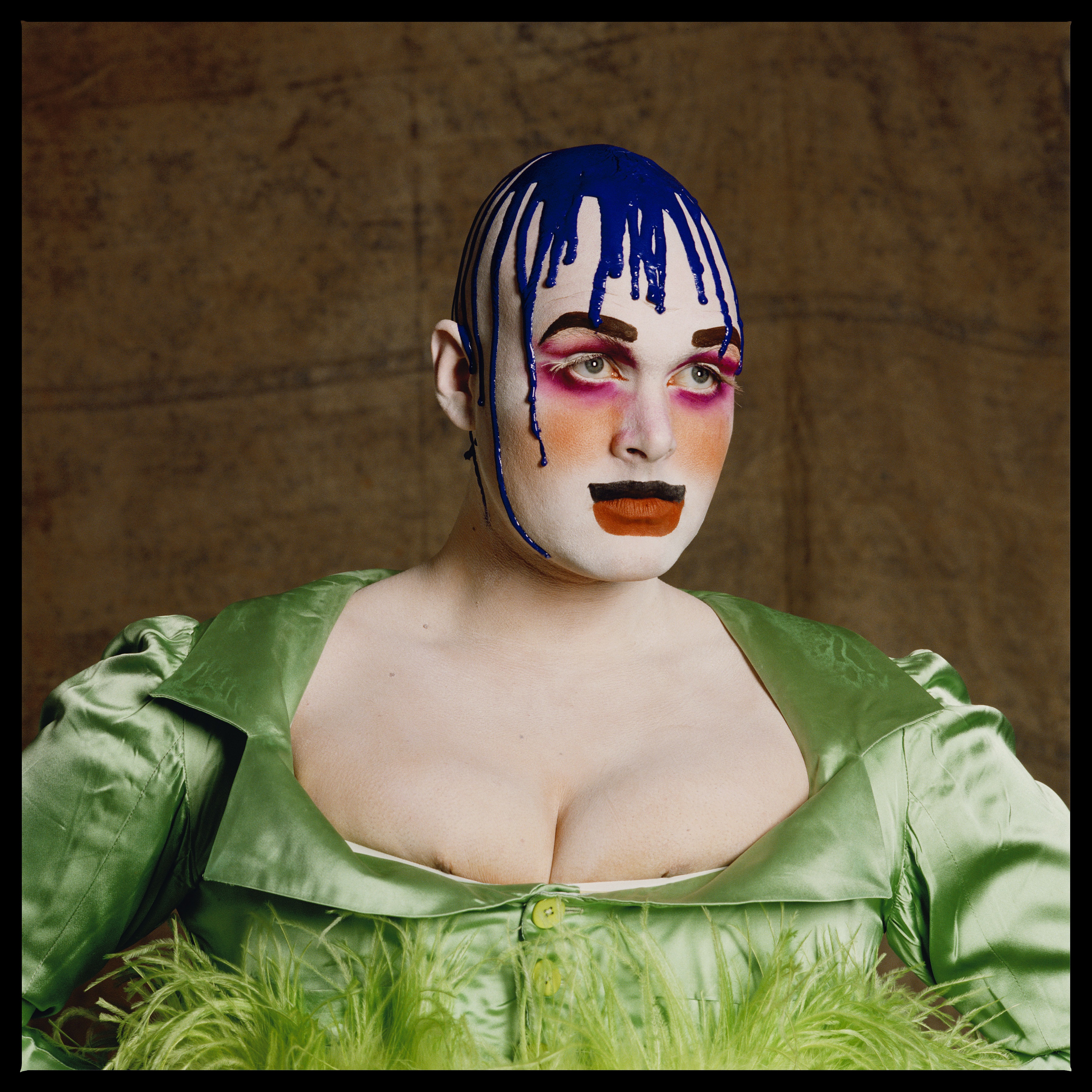 ‘Leigh Bowery!’ at Tate Modern: 1980s alt-glamour, club culture and rebellion
‘Leigh Bowery!’ at Tate Modern: 1980s alt-glamour, club culture and rebellionThe new Leigh Bowery exhibition in London is a dazzling, sequin-drenched look back at the 1980s, through the life of one of its brightest stars
By Amah-Rose Abrams
-
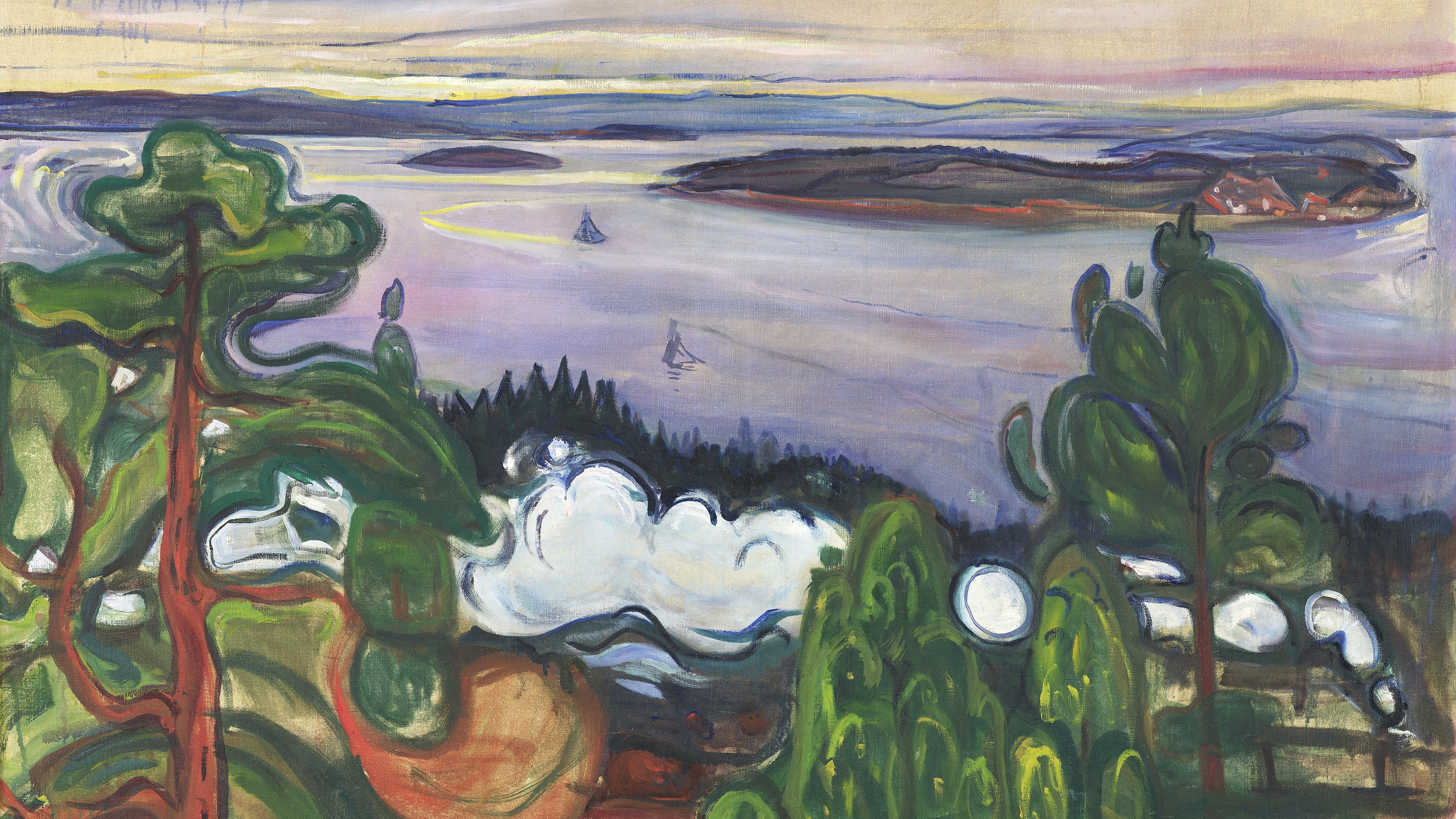 Switzerland’s best art exhibitions to see in 2025
Switzerland’s best art exhibitions to see in 2025Art fans, here’s your bucket list of the standout exhibitions to see in Switzerland in 2025, exploring compelling themes and diverse media
By Simon Mills
-
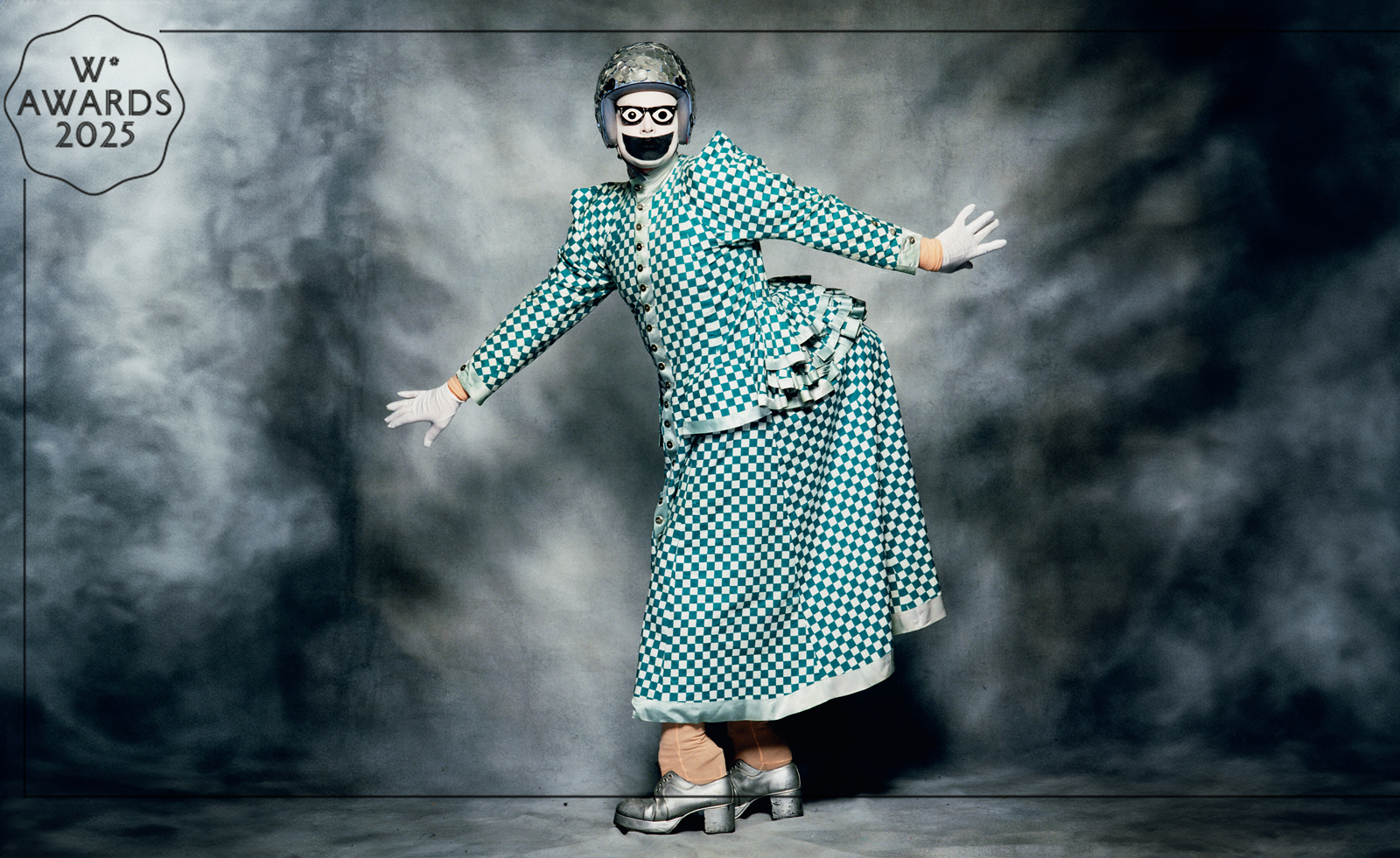 Wallpaper* Design Awards 2025: Tate Modern’s cultural shapeshifting takes the art prize
Wallpaper* Design Awards 2025: Tate Modern’s cultural shapeshifting takes the art prizeWe sing the praises of Tate Modern for celebrating the artists that are drawn to other worlds – watch our video, where Wallpaper’s Hannah Silver gives the backstory
By Hannah Silver
-
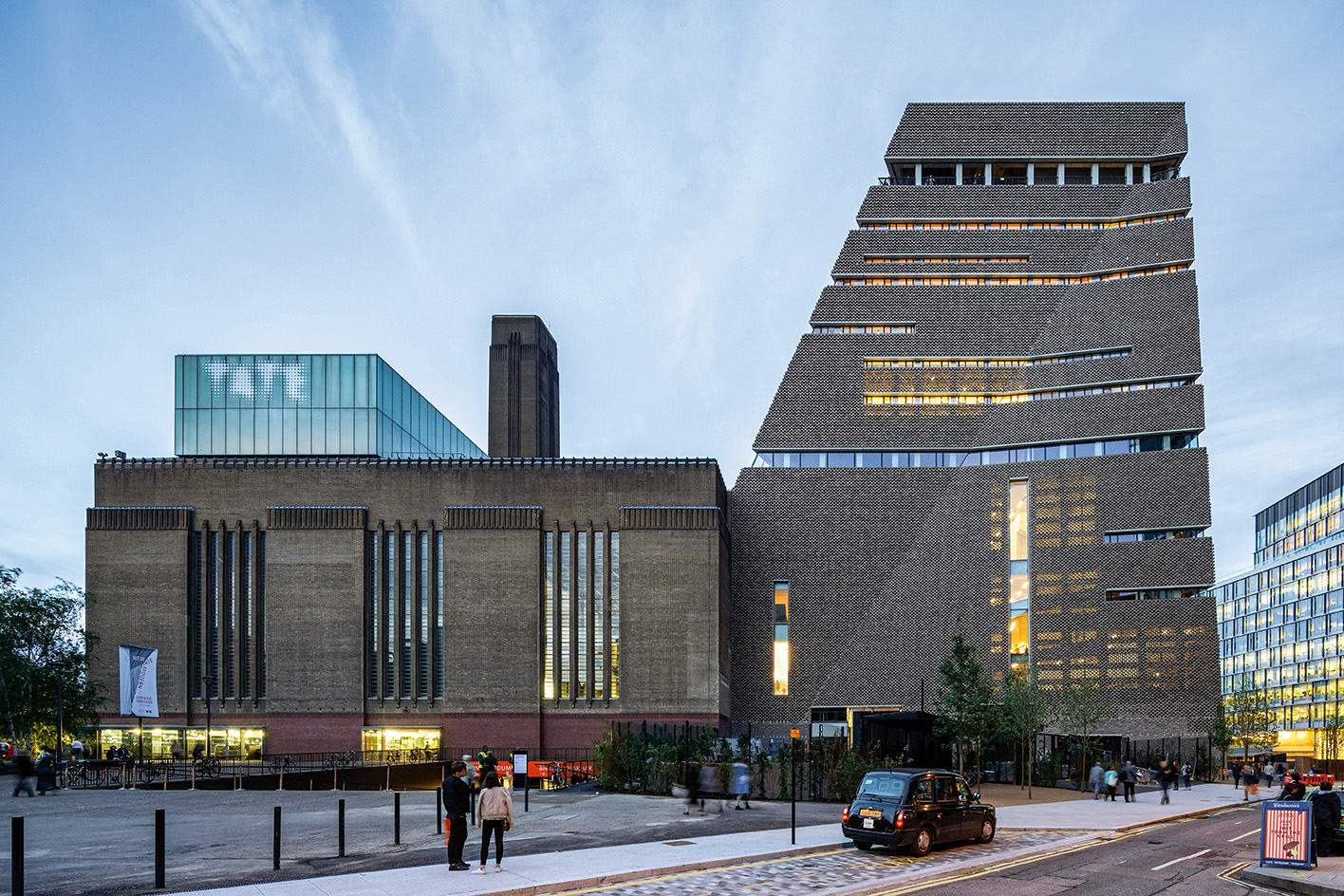 Looking forward to Tate Modern’s 25th anniversary party
Looking forward to Tate Modern’s 25th anniversary partyFrom 9-12 May 2025, Tate Modern, one of London’s most adored art museums, will celebrate its 25th anniversary with a lively weekend of festivities
By Smilian Cibic
-
 Out of office: what the Wallpaper* editors have been doing this week
Out of office: what the Wallpaper* editors have been doing this weekA snowy Swiss Alpine sleepover, a design book fest in Milan, and a night with Steve Coogan in London – our editors' out-of-hours adventures this week
By Bill Prince